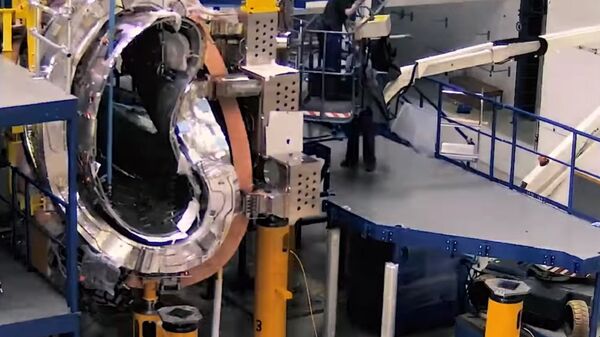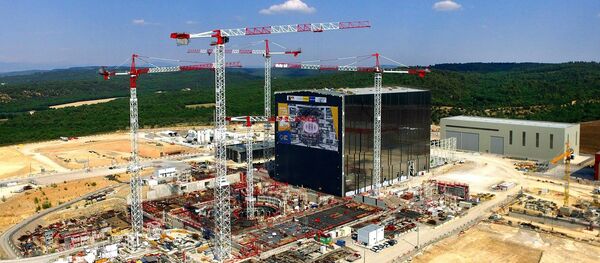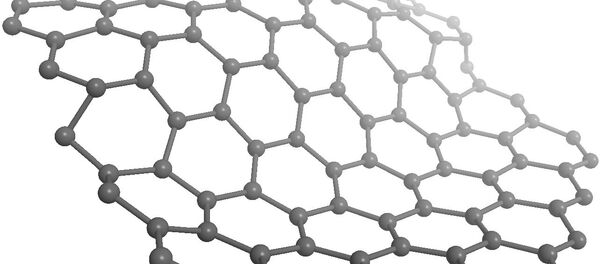It is difficult to create new energy devices because all of them involve extreme conditions in the zone of energy production. This is why some incredibly high requirements are made on materials to be used in the active zone of new reactors. Exposed to high temperatures and streams of high-energy radiation, existing materials tend to degrade quickly. The most durable of these can sustain radiation doses, where each atom in the matter is displaced between 80 and 90 times. This parameter should be twice as large for thermonuclear energy installations. It is materials’ stress resistance in the energy production zone that determines whether a reactor can be considered efficient and safe.
It is established that changing the nanostructure can change the properties of a construction material and as a consequence significantly reduce the lifecycle of active zones. In some cases, however, scientists manage to select nanostructure changes that considerably expand opportunities for using materials and provide them with unique properties, such as high heat resistance.
During the experiments, Fe-Cr model alloys and oxide dispersion-strengthened (ODS) steels were exposed to various impacts, whereupon the emergent nanoscale changes in properties were recorded with the help of atom probe tomography.
"Our work was to analyze the nanoscale state of the materials and its restructuring under various impacts. We induced thermal ageing and used beams of metal ions to establish that their influence could lead to the breakage of nanostructure," Sergei Rogozhkin, deputy head of the Department of Extreme States of Matter Physics at the MEPHi Institute of Nuclear Physics and Technologies, told RIA Novosti.
According to Mr. Rogozhkin, their research could be used to create materials for ITER and for future energy installations. "ITER is meant to demonstrate the efficiency of the thermonuclear reactor concept. Requirements on materials are high at this stage, but a next-generation thermonuclear installation will create even more extreme conditions and fundamentally new materials, including those we are studying now, are being developed precisely for them," he explained.




